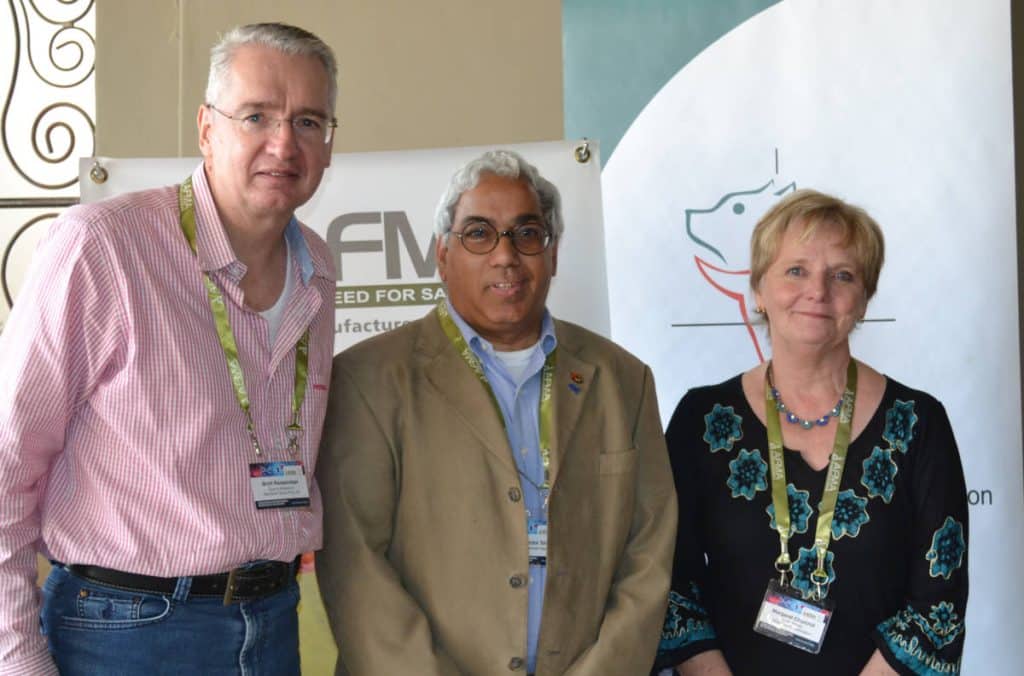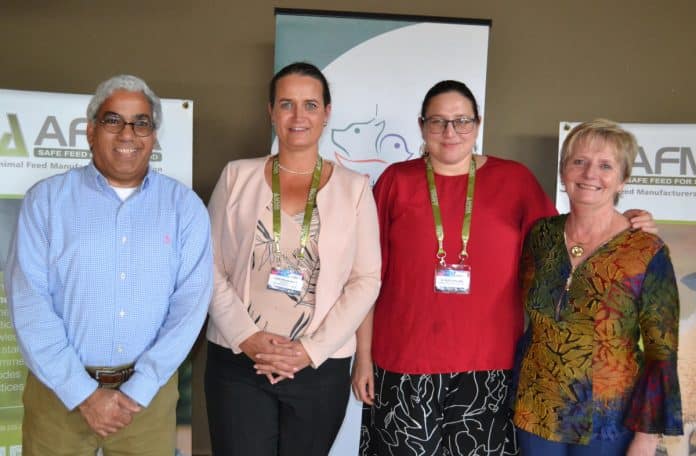Estimated reading time: 6 minutes
The Animal Feed Manufacturer’s Association (AFMA) and the South African Animal Health Association (SAAHA) held an antimicrobial resistance (AMR) workshop on 23 and 24 April in Pretoria. The goal was to foster common ground and shared understanding among stakeholders regarding the challenges posed by AMR.
Margaret Churchill, SAAHA’s executive director, said: “There is a huge disconnect between what the various stakeholders are doing, and our intention is for this workshop to be the start of getting everybody on the same page.” She added that policymakers had to find a realistic middleground between what one would like to do to minimise AMR, while keeping ground-level realities in mind.
Prof Shabbir Simjee, Elanco’s chief medical officer and global regulatory and technical senior advisor in microbiology and antimicrobials, highlighted that South Africa is not alone in grappling with this issue. Globally, authoritative bodies such as the World Health Organization (WHO), the United States Food and Drug Administration, the World Organisation for Animal Health, and the European Commission lack consensus on fundamental AMR matters.
While the WHO provides guidance to countries, it lacks legal enforcement capabilities. Co-operation from countries is essential to address this challenge.
Industry view of antimicrobial resistance
Various primary agricultural industry role-players spoke about their industry’s perspective regarding AMR.
Dr Peter Evans, CEO of the South African Pork Producers’ Organisation (SAPPO), highlighted the industry’s Pork 360 programme’s success and continued work to learn more about AMR. SAPPO annually spends 10% of its statutory levy income on AMR work. Examples of research projects include studying AMR prevalence and the mitigation of AMR in Gauteng pig farms, and assessing AMR’s impact on pig gut health.
Dr Shahn Bisschop, CEO and veterinary consultant at Avimune, observed a decline in antimicrobial use due to improved management practices. However, antibiotics remain essential in the industry. Herbal alternatives available in the South African market are not yet effective enough to replace antibiotics. “Most of these products are nothing more than pizza toppings,” Dr Bisschop said, adding that antibiotics could not simply be replaced by herbs. “Overall gut health needs to be managed better.”
Accountability is key
Dr Theo Kotzé, veterinary consultant for the Milk Producers’ Organisation (MPO), emphasised the importance of antimicrobials in dairy animal production and health. “One of the key issues here is accountability. Who is accountable for antimicrobials in milk?” He added that the dairy industry had a good baseline due to Milk SA’s advocacy of responsible AMR use. However, they are seeing an uptick in AMR. As an example, he added that South African scientific studies had reported a rise in AMR in most mastitis pathogens.

Dr Hein Nel, Game SA’s manager of the veterinary services and auditing of the Food Safety Agency, highlighted that South Africa’s game meat sector was mostly export-driven. A significant amount of game meat is exported to the European Union annually. While most game animals feed on natural veld, AMR risk could occur when foreign objects (such as bullets, needles, and darts) are found lodged in an animal carcass.
To minimise residue, the industry has implemented several mitigation measures. This includes farm registration, registration of professional hunting teams, independent meat inspection and residue sampling, a national chemical residue monitoring and control programme and export certification.
However, the local game market remains largely unregulated. “But as far as exported products go, the risk is low. We have not found any positive samples of antibiotics for many years.” Dr Nel’s assessment, however, did not include game bred for tourism, as it falls outside his jurisdiction.
The ostrich industry and antimicrobial resistance
Dr Adriaan Olivier, industry veterinarian of the South African Ostrich Business Chamber, discussed the ostrich industry’s dependence on trade and trust as the key to building trade relationships. “All of our products are fashion-based, but the fashion industry is very finicky. If they like your product, you are well and away, but it is not easy.”

Dr Olivier said trade becomes strained if everybody is not on the same page. The fact that industry, government, and trade partners could sit together and find common ground helped the industry immensely. They have identified a single laboratory in Europe capable of handling all testing related to trade. “But this means that everybody must participate.”
Currently, 324 South African producers are eligible to export ostrich products. “Each one of them is regularly visited by a veterinarian and animal welfare audits are conducted annually to keep trade relationships intact.”
Antibiotics in moderation
Dr Catriona Lyle, chairperson of the South African Equine Veterinary Association’s procedures and policies committee, said there was no source of national data available for AMRs amongst South Africa’s estimated 325 000 horses. However, in practice, veterinarians were seeing a rise in AMR. One of the major issues was the fact that registered products available to the horse industry were limited.
Dr Lyle emphasised the need to protect the few available products by eliminating the inappropriate use of antibiotics. “Veterinarians using antibiotics for non-infectious conditions, such as asthma need to stop it. If a horse has asthma, it has asthma. It should also not be used as a surgical prophylaxis.”
Dr Lyle said veterinarians needed to trust themselves and not rely so heavily on antibiotics. “A moment of self-reflection is needed. Vets should always ask if antibiotics are truly necessary before prescribing it.”
However, horse owners weren’t always able or willing to spend additional money on diagnosis and this was another reason for the overuse of antibiotics.
Read more about antimicrobial resistance.
AFMA and SAAHA both committed to organising a follow-up workshop to discuss the matter again. – Susan Marais, Plaas Media


